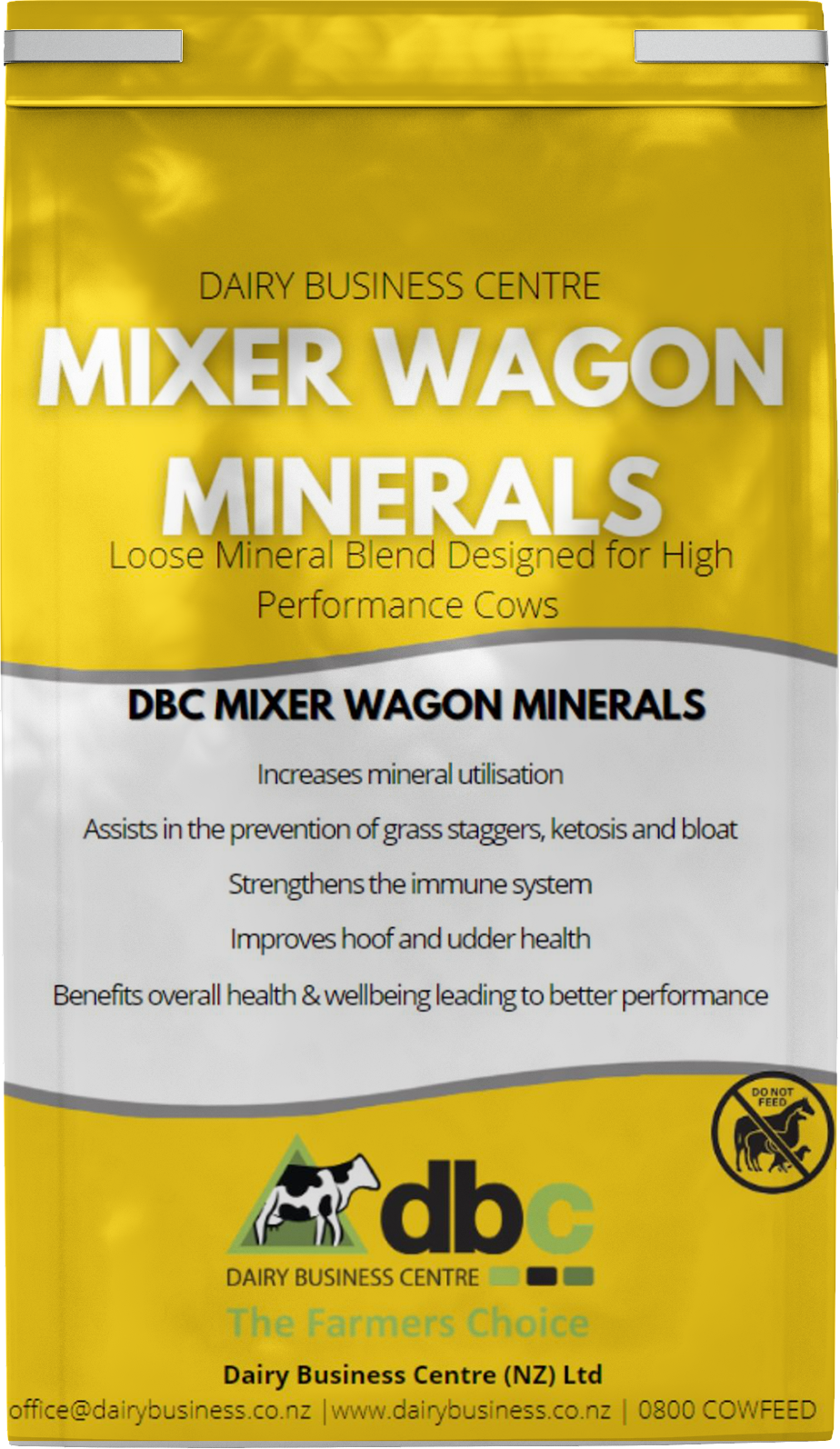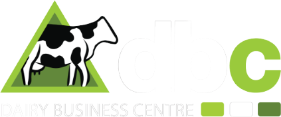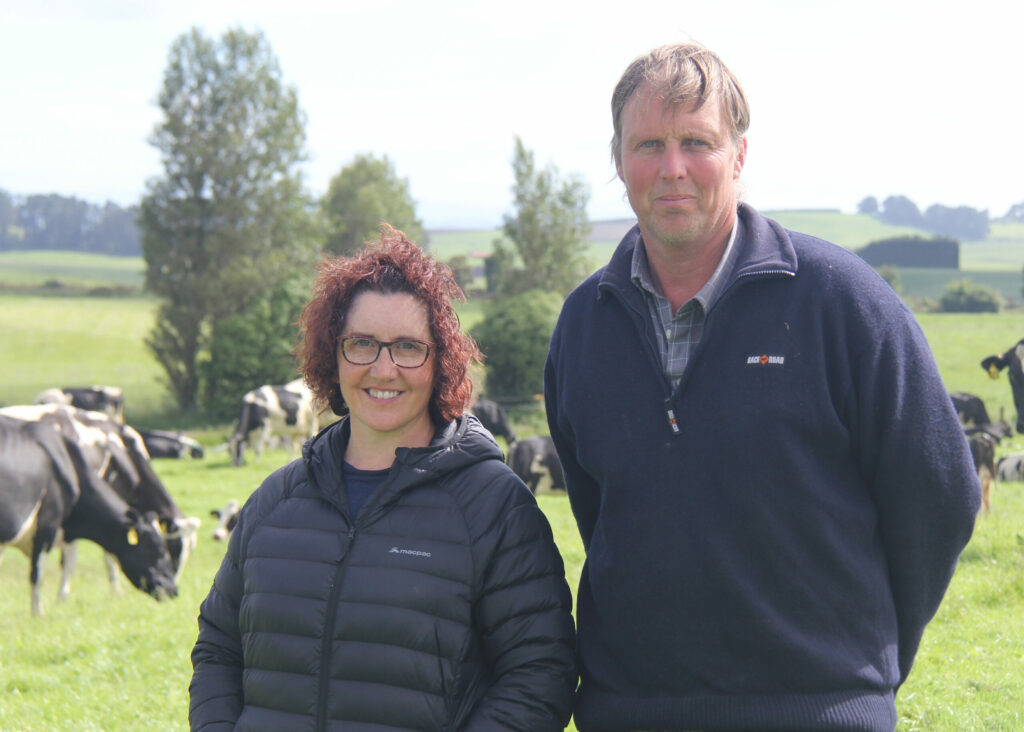The hunt to resolve empty rates in their high-production Southland herd, led Darrell and Julie Wendelgelst on a journey that ended with the Dairy Business Centre’s (DBC) Charlotte Flay.
The couple is running a System Five 400-cow herd, milking year-round through a 40-bail rotary at Waiwera South, 20 minutes west of Balclutha. They are projected to finish the season with an average of 630kg milk solids per cow off 175 effective hectares (and a support block of 140ha four kilometres from the home farm). Barnan Dairy Farm Ltd will send 252,000kg MS to Fonterra this season.
They converted the gentle rolling, former beef and sheep country in 1996 – and haven’t stood still since. The farm, which is 75m above sea level, today also includes a 450-bail, free-stall barn and a 300-cow feed pad (both covered) and third undercover loafing area – bedded in straw – with enough room for 200 cows to calve down. This operation can comfortably house 600 cows.
Answers found off-farm
When Darrell’s barn-discussion group organised a trip to Canterbury in 2021, Darrell could not have known the impact that one conversation with the DBC’s Charlotte Flay would have on his operation. At the time, they were unhappy with conception rates – being stuck on a 32% empty rate after nine weeks of AI. Darrell got chatting to Charlotte, who is one of DBC’s Technical Sales Representatives, about his ongoing frustration.
“We’d been trying a few things and we were hitting brick walls,” he said. “A lot of the information you get is around getting energy into them through the dry period and post-calving, which is all well and good, but there is a limit to that. We were already feeding heavily.
“We’d had a focus for the last four to five years on improving our in-calf rate. Part of that involved the empty rate, and part of it was not getting the production out of them at the other end. Housing cows is an investment, and we need the production to decrease our fixed costs per kg of MS.”
Iodine impacts on fertility
“Charlotte spoke about considering testing the cows’ iodine levels. I was surprised at that, because I was using a reputable mineral brand at the time, and every time we looked at our mineral levels, the focus had been on copper and selenium.
“I decided to go ahead and test them in May, and their iodine status should have been more than 45 micrograms per litre of blood. Half of them were under 45, and the other half were barely over 45.”
Acceptable levels range from 45 µg/L to 220µg/L.
“That was just the iodine side of things, and I then started to question the status of their other mineral levels. I ended up changing to the DBC’s Loose-Lick minerals through the winter from June, when the spring calves were dry.”
Loose-Lick is a dry, water-resistant formulation that supplies essential vitamins, macro and micro-minerals for young stock and dry cows.
Iodine levels doubled
On the follow-up test four months later, Darrell said the average iodine levels had almost doubled, and their selenium and copper status had also lifted significantly.
Minerals are always important, but pre-mating they become more critical because selenium, copper, cobalt, iodine and magnesium are often depleted after calving, and each play a major role in the health and reproductive ability of cows.
Iodine is used in metabolism, growth, lactation and reproduction, and an iodine deficiency pre-mating can cause non-cycler cows, low conception rates and foetal abortion. The challenge is that while selenium, cobalt, magnesium and calcium are all testable by blood sample, the blood test for iodine only gives a short-term picture of the cows’ daily intake of iodine, and it can vary depending on a cow’s intake. This means that blood tests for iodine levels are not routinely done.

Committed to complete mineral status
Three weeks before calving, Darrell changed from offering the cows the DBC Loose-Lick to feeding DBC’s lead feed, Get-Set-Cow. A specifically formulated supplement fed in the 21 days pre-calving, it includes a blend of pelletised anionic salts, calcium, magnesium, grain and protein. It’s designed for maximum palatability and includes a full daily requirement of trace minerals, along with Rumensin.
Once the cows joined the herd, he switched to the DBC’s Mixer Wagon Minerals blend (300gm per cow per day) to a partial mixed ration that includes (per cow per day) 1kg of canola meal, 2kg of palm kernel, 2kg of wheat, and silage (depending on time of the season and grass availability).
“One of the attractions outside of that was the minerals: I buy one bag and it has everything in it in the right quantities,” Darrell said. “It’s a lot more time efficient than having to weigh out all the minerals separately.
“The cows certainly do look good this season, and I noticed they lost that winter coat quite quickly,” he said. “Another thing I noticed was that their feed intake increased by 1-2kg of dry matter a day – which has lifted production by 10% – without me altering the total amount offered. That extra intake has allowed them to take in the extra energy naturally.
“I’m pleased and relieved.”
When it came down to their final in-calf results in February, Darrell said he was encouraged to note a 5% improvement on last season. It brought the herd in at 27% empty at the nine-week mating juncture.
“The numbers are moving in the right direction, and I’ve changed nothing else outside of feeding the right supplements at the right time of the year,” he said. “I think there have been some real positives to come out of it already.”

Related article
What are your downer cows telling you?
Making money milking cows on 5.5ha
Minerals and meal add milk
Southland dairy embraces high-performance biological farming
You can’t save yourself into profit
Related products













